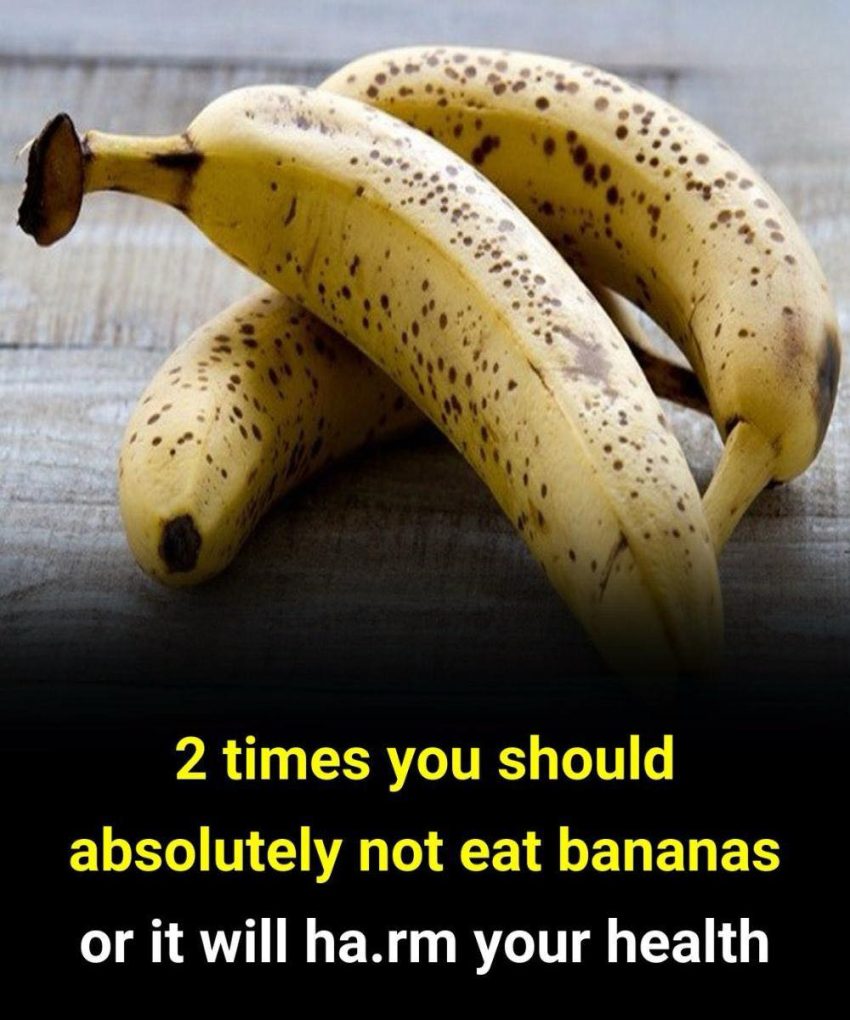ADVERTISEMENT
When Not to Eat Bananas: Key Considerations
1. Managing Blood Sugar Levels
For individuals managing diabetes or pre-diabetic conditions, monitoring carbohydrate intake is essential. Bananas, despite being nutritious, contain natural sugars and carbohydrates that can impact blood sugar levels. A medium-sized banana has approximately 14 grams of sugar and 27 grams of carbohydrates. While these numbers might seem moderate, they can quickly add up, especially if you’re consuming other carbohydrate-rich foods throughout the day.
For those with diabetes, it’s crucial to maintain stable blood sugar levels to prevent complications. Consuming bananas, particularly ripe ones, can lead to a spike in blood sugar due to their higher glycemic index. It’s advisable to pair bananas with protein or healthy fats, such as nuts or yogurt, to slow down the absorption of sugar into the bloodstream. Alternatively, opting for smaller portions or choosing less ripe bananas, which have a lower sugar content, can also be beneficial.
2. Experiencing Allergic Reactions
While rare, banana allergies can occur and manifest in various forms. People with a banana allergy may experience symptoms like itching or swelling in the mouth and throat shortly after consumption. In severe cases, it can lead to anaphylaxis, a potentially life-threatening condition requiring immediate medical attention.
Banana allergies are often linked to latex-fruit syndrome, where individuals allergic to latex also react to certain fruits, including bananas. This is due to the similarity between proteins found in latex and those in bananas. If you have a known latex allergy, it’s crucial to be cautious with banana consumption and consult with a healthcare professional to determine your risk level.
Alternative Options and Considerations
If you find yourself in a situation where eating bananas is not advisable, there are plenty of alternative fruits and snacks that can provide similar nutritional benefits. For maintaining blood sugar levels, consider low-glycemic fruits like berries, which are rich in antioxidants and fiber. Apples, pears, and peaches can also be good alternatives, offering a sweet taste without causing a significant sugar spike.
For those with fruit allergies, exploring other food groups can ensure a balanced diet. Vegetables such as carrots, cucumbers, or bell peppers offer a crunchy texture and are packed with vitamins. Nuts and seeds are also excellent sources of protein and healthy fats, providing a satisfying snack option without the risk of allergic reactions associated with certain fruits.
Conclusion: Making Informed Dietary Choices
While bananas are generally a healthy food choice, it’s important to recognize the scenarios where they might not be suitable for everyone. By understanding the potential impact on blood sugar levels and the risk of allergic reactions, individuals can make informed dietary decisions that prioritize their health. Exploring alternative fruits and snacks can ensure a balanced and nutritious diet, tailored to individual needs and conditions. Being mindful of these considerations will not only promote better health outcomes but also enhance overall well-being.
ADVERTISEMENT


